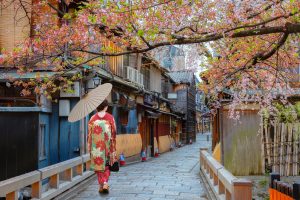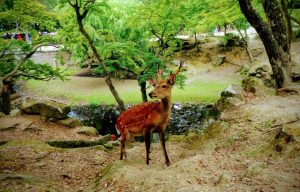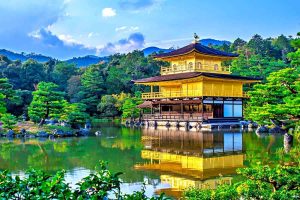How to Get from Kyoto to Fushimi Inari Shrine
Are you looking forward to a trip to Kyoto and wondering how best to maximize your time at the famous Fushimi Inari Shrine?
Though with some preparation you can guarantee a seamless and fun trip from Kyoto to Fushimi Inari Shrine, which is simpler than you would think.
Fushimi Inari Shrine
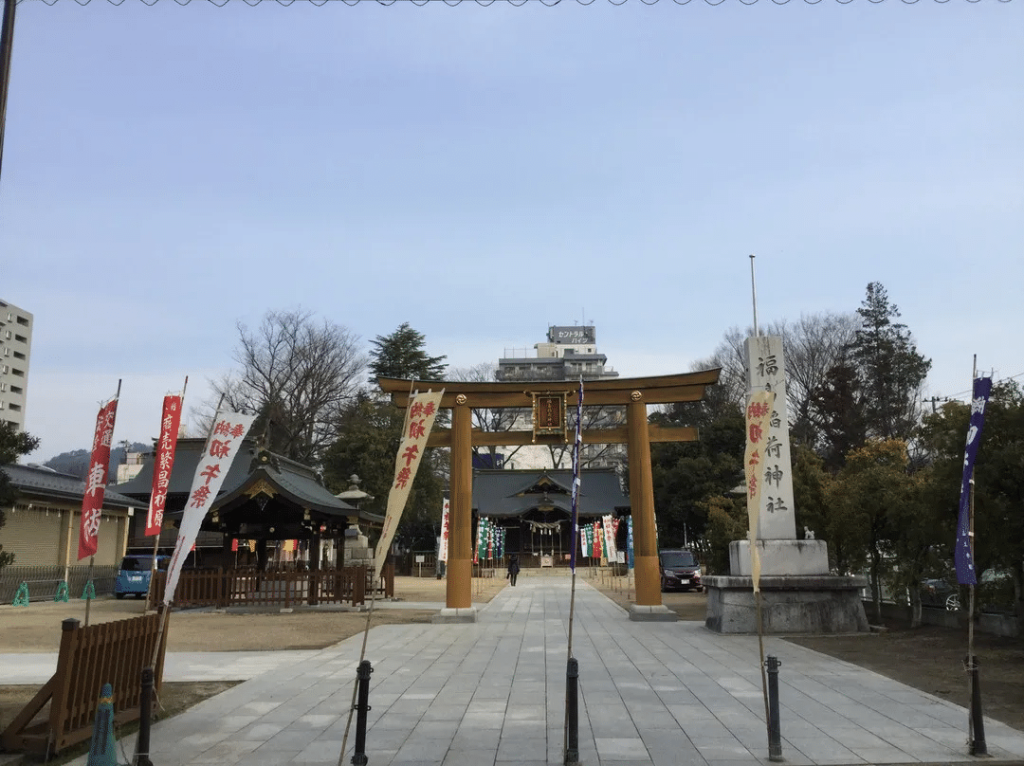
One of the most revered Shinto shrines in Japan, Fushimi Inari Shrine, sometimes known as Fushimi Inari Taisha, honors Inari, the deity of rice, prosperity, and business success.
Originally built in 711 AD, this ancient site is well-known for its thousands of vivid red torii gates that create hypnotic paths up Mount Inari.
The calm environment, detailed fox sculptures, and chance to start picturesque hikes providing panoramic views of Kyoto enthrall visitors.
Kyoto to Fushimi Inari Shrine Transportation Choices
Traveling from Kyoto to Fushimi Inari Shrine is straightforward, thanks to the city’s efficient public transportation system. Whether you prefer a quick train ride, a leisurely walk, or a scenic bike route, there are options to suit every traveler’s needs. Here’s an in-depth look at each mode of transport to help you decide the best way to visit this iconic shrine.
Trains
JR Nara Line
From Kyoto to Fushimi Inari Shrine, the most regularly used and quick way is by JR Nara Line. Starting Kyoto Station, the journey merely takes five minutes and runs roughly ¥150 ($1). This qualifies as among the fastest and most sensible choices as well.
To catch this one, proceed to Kyoto stop’s JR Nara Line stop and look for a local train heading Nara. Fast or express trains do not stop at Inari Station, hence be sure you catch a local service. Inari Station marks one stop over from Kyoto Station.
Once at Inari Station, the two-minute walk to Fushimi Inari Shrine is distinguished by an arresting crimson torii gate observed from the station exit. Convenience drives both locals and guests to use the JR Nara Line most often.
Keihan Main Line

If you live near the Gion or Higashiyama areas, the Keihan Main Line is a useful backup. Train from either Gion-Shijo Station or Fushimi-Momoyama Station; get off at Fushimi-Inari Station. The trip runs about ¥150 ($1) and takes ten minutes or so.
This road would be ideal for those visiting eastern Kyoto since it offers easy access to the shrine without calling for a trip to Kyoto Station. The walk from Fushimi-Inari Station to the shrine winds via small businesses and restaurants, about five minutes apart.
But pick a local or semi-express train since limited express trains on the Keihan Line stop nowhere at Fushimi-Inari Station.
Bus
Although busses are an option for getting from Kyoto to Fushimi Inari Shrine, their lengthier travel times and likely traffic delays make them usually less recommended. Should you choose to use a bus, the Kyoto City Bus South No. 5 covers the area despite notorious irregular schedules and frequent delays.
From Kyoto Station to Fushimi Inari Shrine Peak travel seasons could result in full buses that influence comfort levels about twenty minutes and roughly ¥230 ($1.50).
Though it may not be the fastest or most sensible, this form of travel offers a beautiful route throughout Kyoto’s neighborhoods, therefore enabling a perspective of local life. If you wish a slow travel and are not in hurry, the bus could be a decent option.
For anyone seeking a straight and comfortable journey, taxis provide a sensible replacement. Depending on traffic, a 15-minute taxi ride from central Kyoto to Fushimi Inari Shrine runs between ¥1,500 and ¥2,000 ($10–$15).
There are lots of Kyoto cabs; you can reserve one through your hotel concierge, pick one on the street, or use Uber Japan or JapanTaxi apps.
Given that this alternative provides door-to-door service, it is particularly suitable for groups of individuals or those dragging big suitcases. It also fits individuals rushed for time or those seeking a more relaxed and intimate vacation experience.
Still, traffic congestion during peak hours or during visiting seasons can influence travel time. If your calendar is tight, it is advisable to plan for probable delays.
Riding a Bike
Kyoto is a bike-friendly city, hence riding to Fushimi Inari Shrine is a unique and enjoyable way to observe the surrounds. About four kilometers (2.5 miles) separate Kyoto Station from Fushimi Inari Shrine by bicycle takes roughly twenty minutes.
Kyoto boasts bicycle rentals at daily rates of about ¥1,000 ($7). Kyoto Eco Trip & Rent-a-Cycle Kyoto Miyabiya is a popular rental shop with well-kept bicycles and guides to help your journey.
The cycling trail is quite level and scenic, passing little towns and local attractions. Once you arrive to the shrine, it’s simple to walk on foot since there are designated bike parking areas nearby.
Cycling allows you to stop and investigate less-known sites along the path and makes a flexible and ecologically friendly option. But be mindful of foot traffic surrounding the shrine; the Fushimi Inari approach can be congested especially on weekends and holidays.
On Foot

For those who prefer walking and wish to fully experience local life, walking from Kyoto to Fushimi Inari Shrine is an excellent way. Kyoto Station is around 4 kilometers (2.5 miles) away from which one has to walk about 30 to 45 minutes.
This route allows you to take in Kyoto’s neighborhoods, which feature friendly cafes, modest businesses, and historic houses. This offers a fantastic opportunity to discover hidden gems and enjoy the calm pace of country life.
The climb is really simple and follows a clearly designated route directly to the shrine. Those looking for affordable and suitable free option to save money on transportation will find this one appropriate.
Still, the walk asks for some moderate physical exertion, so comfortable shoes are rather vital. Starting early in the morning or later in the afternoon is advised also to help to avoid the rush since the trail can be busy during peak tourist times.
Of Which Choice Would Best Fit You?
Your tastes, budget, and timetable will help you decide how best to get from Kyoto to Fushimi Inari Shrine:
Since walking or cycling let you explore the city at your own pace, they are excellent choices if you would want a more active and immersive experience.
The JR Nara Line is the best option if ease and quickness rule your priorities.
For those staying near Gion or Higashiyama, the Keihan Main Line presents a convenient and attractive route.
Taxis give comfort and easy access, hence they fit groups or guests carrying heavy bags.
Comparative Analysis of Travel Alternatives
To help you decide which mode of transportation best suits your needs, here is a comparison based on travel time, cost, comfort level, and availability:
| Mode of Transportation | Travel Time | Cost (¥) | Comfort Level | Availability |
| JR Nara Line (Train) | ~5 minutes | ~150 | High | Frequent |
| Keihan Main Line (Train) | ~10 minutes | ~150 | High | Frequent |
| Bus | ~20 minutes | ~230 | Moderate | Moderate |
| Taxi | ~15 minutes | 1,500 – 2,000 | High | High |
| Bicycle | ~20 minutes | ~1,000/day (rental) | Moderate | High |
| Walking | ~30 minutes | Free | Low-Moderate | Always |
Note: Travel times and costs are approximate and can vary depending on the route and traffic conditions.
Advice on Seeing Fushimi Inari Shrine
Seeing Fushimi Inari Shrine is an unforgettable event; some preparation will help you to enjoy it. These doable suggestions will enable you to maximize your trip:
Fushimi Inari Shrine is open twenty-four hours a day, which lets one plan freely. Early in the morning or later in the evening will help you to avoid the busiest tourist traffic and enjoy a more calm environment. Arriving at sunrise not only presents a peaceful environment but also gives the chance to see the soft morning light dancing across the torii gates, so producing a magical ambiance. An evening visit, on the other hand, lets you explore the illuminated paths and presents an other but equally magical viewpoint. If you intend to hike after dusk, keep in mind that although the main shrine area is lit at night, the mountain paths may have limited lighting thus carrying a flashlight is advised.
Projected Discovery Time
Your interests and degree of fitness will affect the time needed to explore Fushimi Inari Shrine. One to two hours can be spent leisurely visiting the principal shrine and the first part of the torii gate path. If you intend to climb Mount Inari, which stands 233 meters, budget two to three hours for the round trip. With several little shrines along the path, which is well-marked, there are plenty of picture chances and rest stops. Especially in hotter months, keep hydrated and pace yourself.
Essentials to Bring
The paths—especially the climb up Mount Inari—have many steps and can be steep in portions. Safely negotiating the terrain depends on sturdy, comfortable shoes.
Water and Snacks
As you climb, options become limited even if there are vending machines and little stores close by. Having light snacks and water will keep you motivated during your research.
Clothing
Dress in layers depending on the season to allow temperature variations. During the rainy season—usually from June to July—an umbrella or raincoat is advised.
Camera
Fushimi Inari Shrine presents many of beautiful picture possibilities. Make sure your camera or smartphone is charged so it may record Kyoto’s vivid torii gates and panoramic views.
Flashlight
Some parts of the trail have poor illumination, thus if you intend to hike early in the morning before sunrise or an evening visit is planned, a flashlight will be helpful.
Courtesy and Considerations
Being an active religious site means that one should keep a polite attitude. Steer clear of loud talks and watch for worshippers performing rituals.
Photography Etiquette
Although most of the time allowed, avoid using tripods in congested areas to block paths. Before photographing people, particularly during religious events, always seek permission as well.
- Stay on designated paths to protect the integrity of the site and for your own safety; do not venture into restricted areas.
- Carry any trash with you; bins are limited on the shrine grounds. Maintaining the cleanliness of the surroundings improves the whole experience for every guest.
More Information
Explore neighboring attractions and savor regional cuisine to improve your visit to Fushimi Inari Shrine.
Nearby Attractions
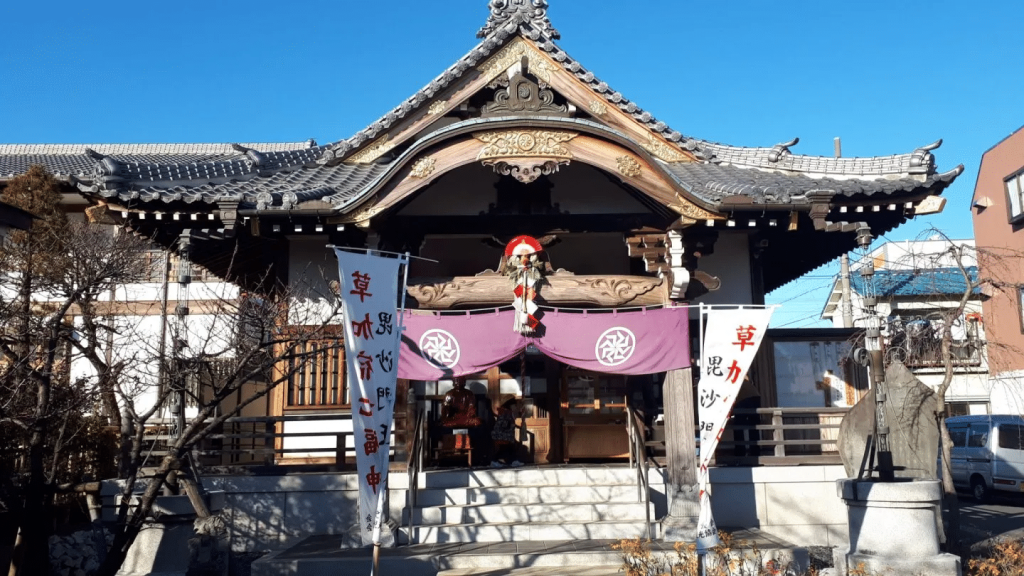
- Tofukuji Temple, which stands about a 15-minute walk from Fushimi Inari Shrine, is well-known for its exquisite autumn foliage and classic Zen gardens. The vast grounds and ancient architecture of the temple provide a quiet haven from the busy city.
- Located in the Fushimi sake area, a short train ride away, the Gekkeikan Okura Sake Museum offers understanding of the history and manufacturing of sake. A cultural and sensory experience, visitors can tour the traditional brewery and savor sake tastings.
- Leading up the shrine, Fushimi Inari Sando Shopping Street is a hive of stores offering street food, local crafts, and traditional souvenirs. It’s a great spot to buy mementos from your trip and sample local cuisine.
Meal Alternatives
The neighborhood around Fushimi Inari Shrine features a range of restaurants satisfying different palates:
Local Restaurants
Traditional Japanese cuisine including tempura, sushi, and udon noodles is available from many little eateries and food booths. Highly advised is trying the inari sushi, a local specialty named for the shrine.
Street Food
Along the road to the shrine, street food vendors offer matcha-flavored treats, taiyaki (pastries shaped like fish filled with sweet red bean paste), and yakitori (grilled chicken skewers). Sampling these treats gives a real taste of Kyoto’s gastronomic scene.
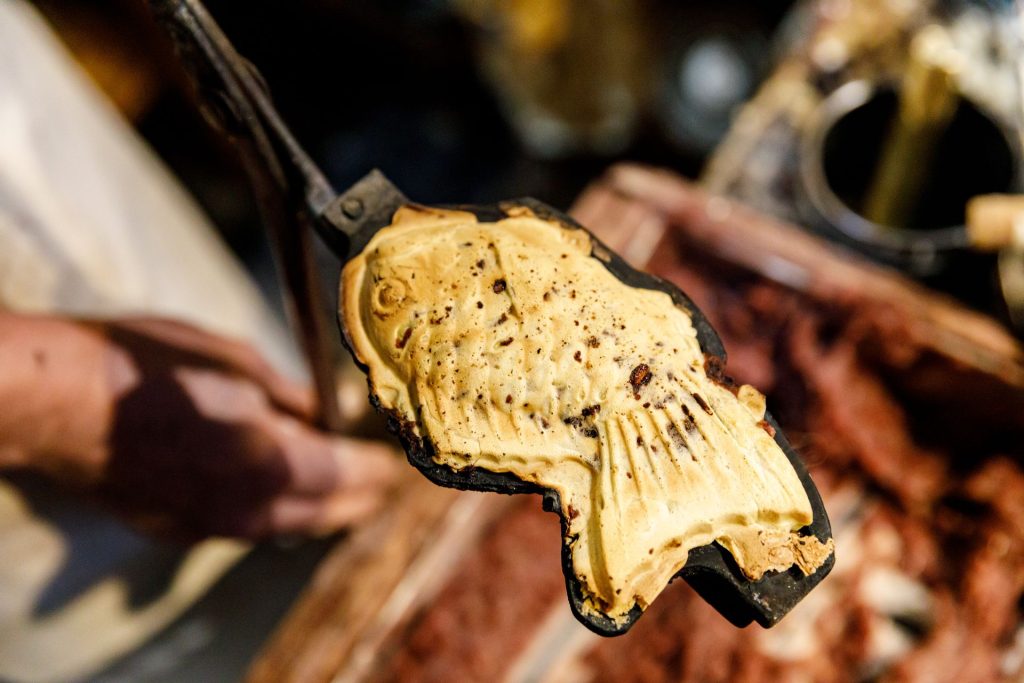
Cafés
Many of the surrounding cafés offer coffee, tea, and light cuisine in a more laid-back vibe. Some places have seating with views of the shrine or nearby landscape, so creating a peaceful environment for rest.
Seeing Fushimi Inari Shrine is a fascinating trip that deftly combines natural beauty, spiritual relevance, and cultural legacy. Whether your interests are piqued by the hundreds of red torii gates, the peaceful hiking paths, or the chance to explore regional customs, this famous site has something for every visitor.
Your trip from Kyoto to Fushimi Inari Shrine is simple and there are several ways of transportation to fit different tastes. You can improve your trip and make lifelong memories by thinking through the advice given—such as the best times to visit, must-have items to pack, and neighboring attractions.

